OXIDATION PROCESS OF WATER, 2004-2020
 Cycle Water, #607, Lauterbrunnental, CH, 2020
Cycle Water, #607, Lauterbrunnental, CH, 2020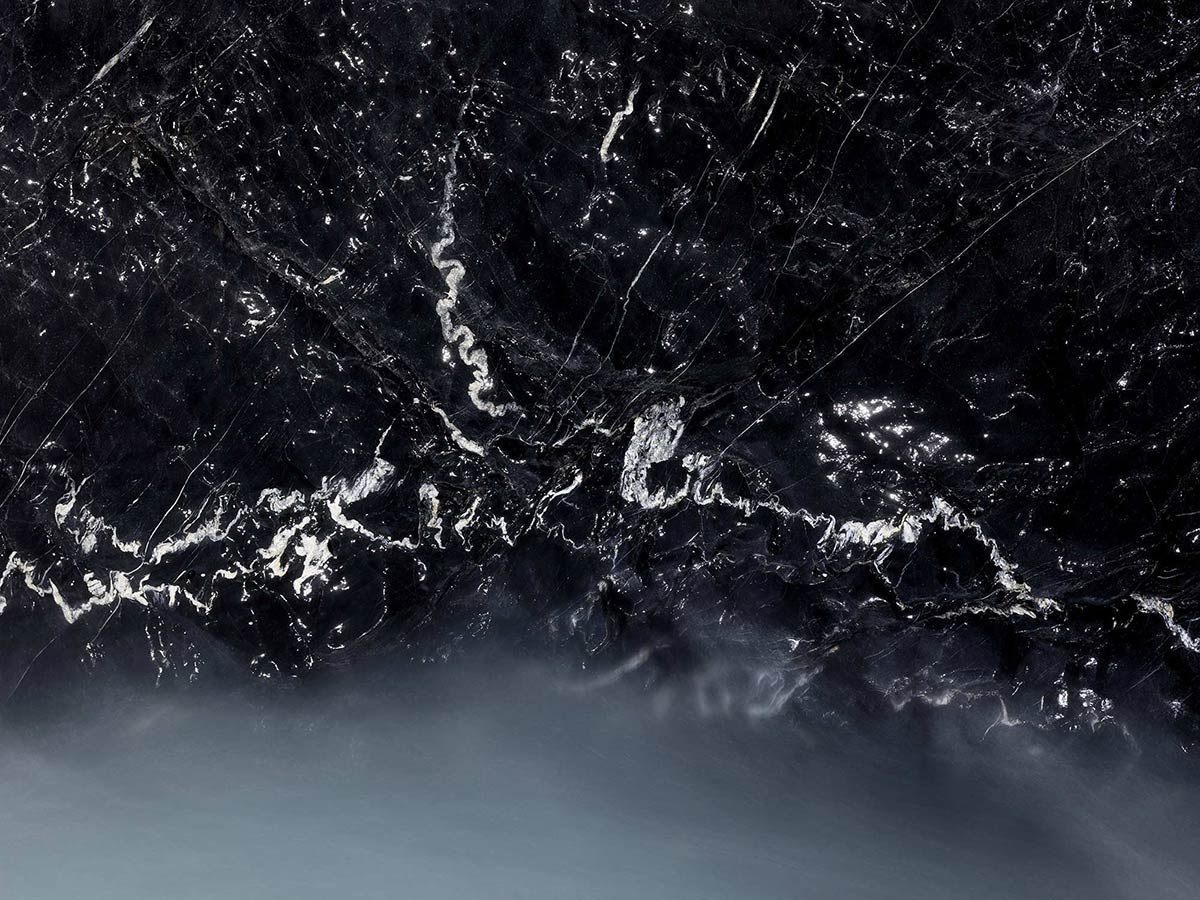 Cycle Water, #621, Lauterbrunnental, CH, 2020
Cycle Water, #621, Lauterbrunnental, CH, 2020 Cycle Water, #618, Lauterbrunnental, CH, 2020
Cycle Water, #618, Lauterbrunnental, CH, 2020 Cycle Water, #633, Lauterbrunnental, CH, 2020
Cycle Water, #633, Lauterbrunnental, CH, 2020 Cycle Water, #642, Lauerbrunnental, CH, 2020
Cycle Water, #642, Lauerbrunnental, CH, 2020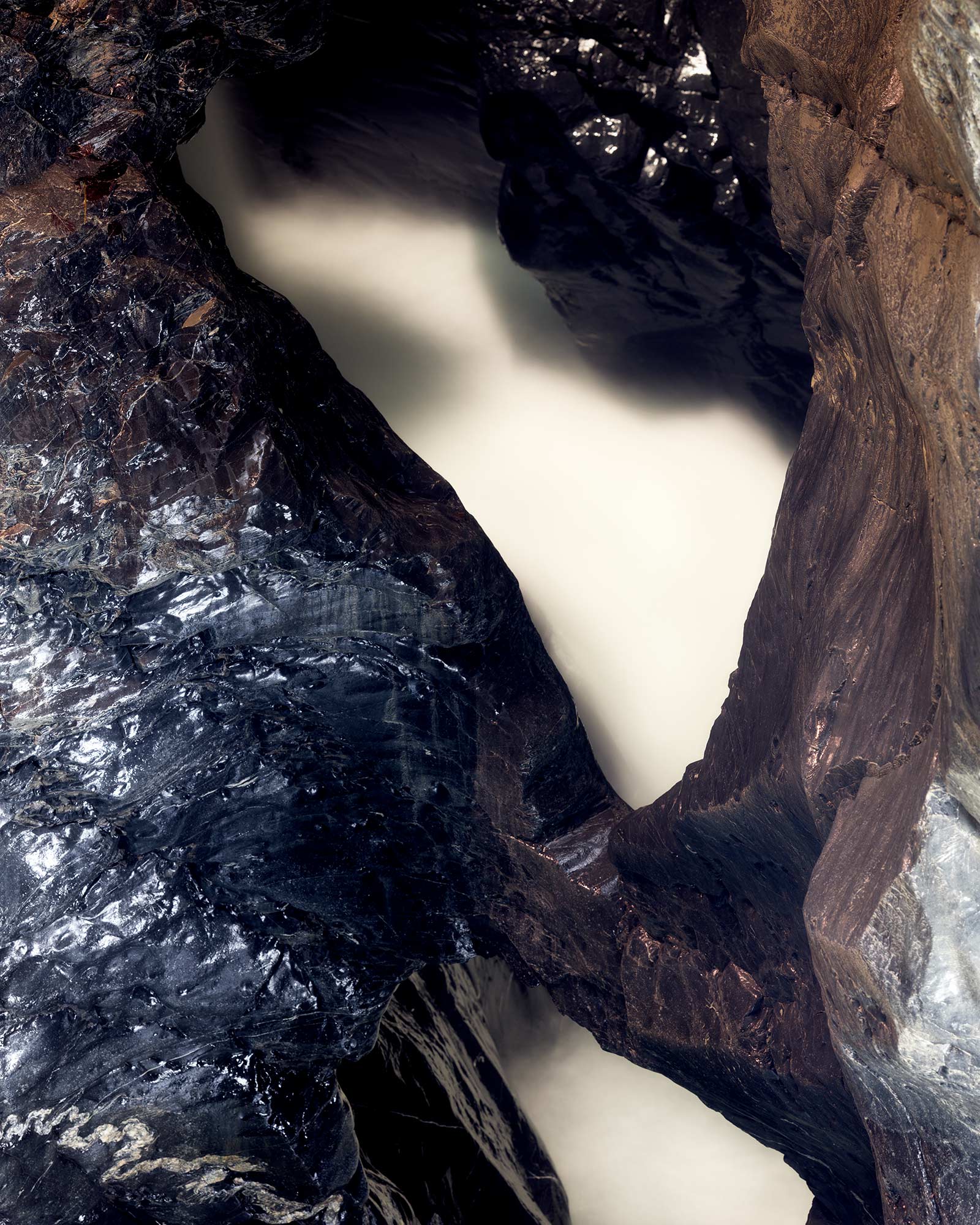 Cycle Water, #659, Lauterbrunnental, CH, 2020
Cycle Water, #659, Lauterbrunnental, CH, 2020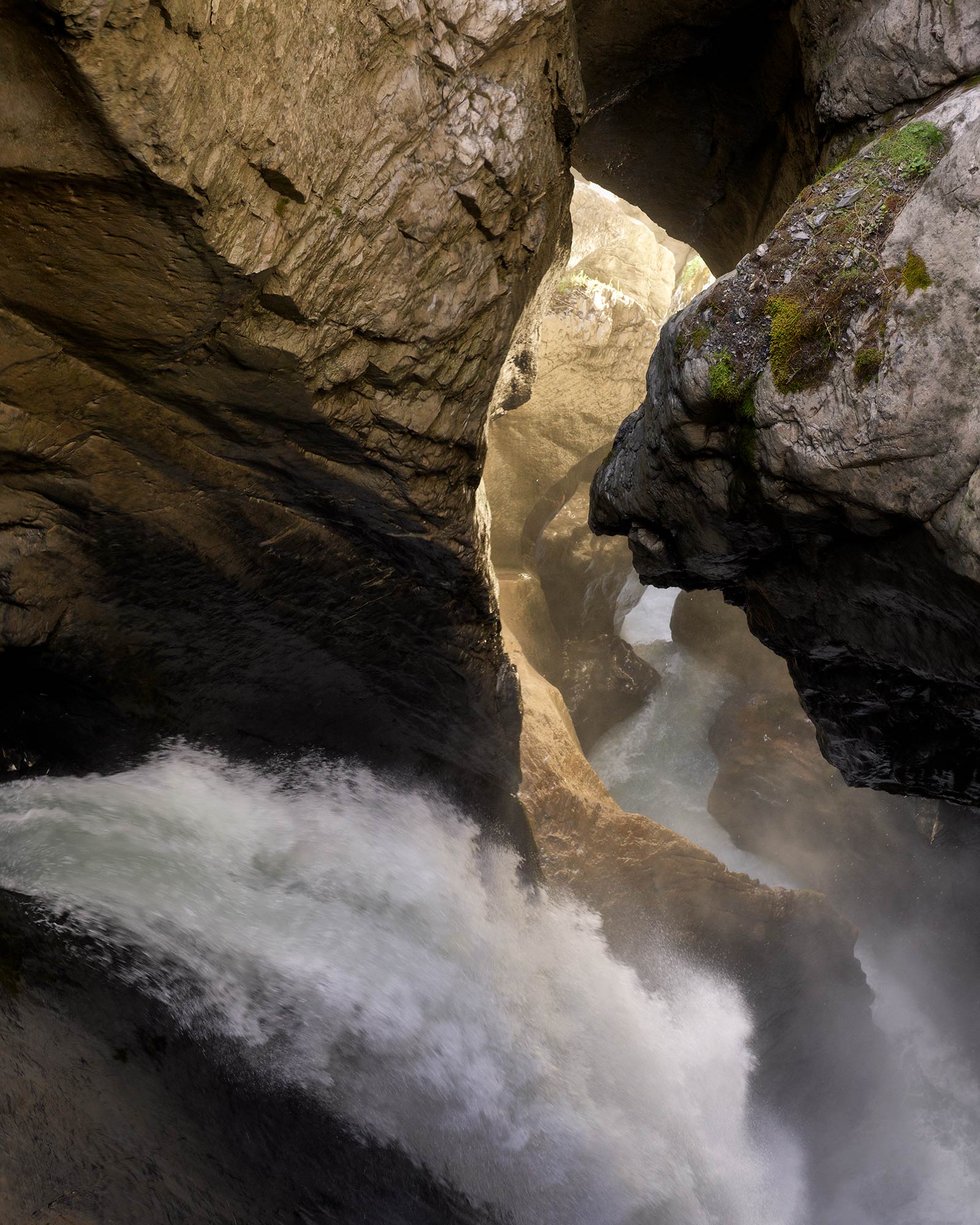 Cycle Water, #604, Lauterbrunnental, CH, 2020
Cycle Water, #604, Lauterbrunnental, CH, 2020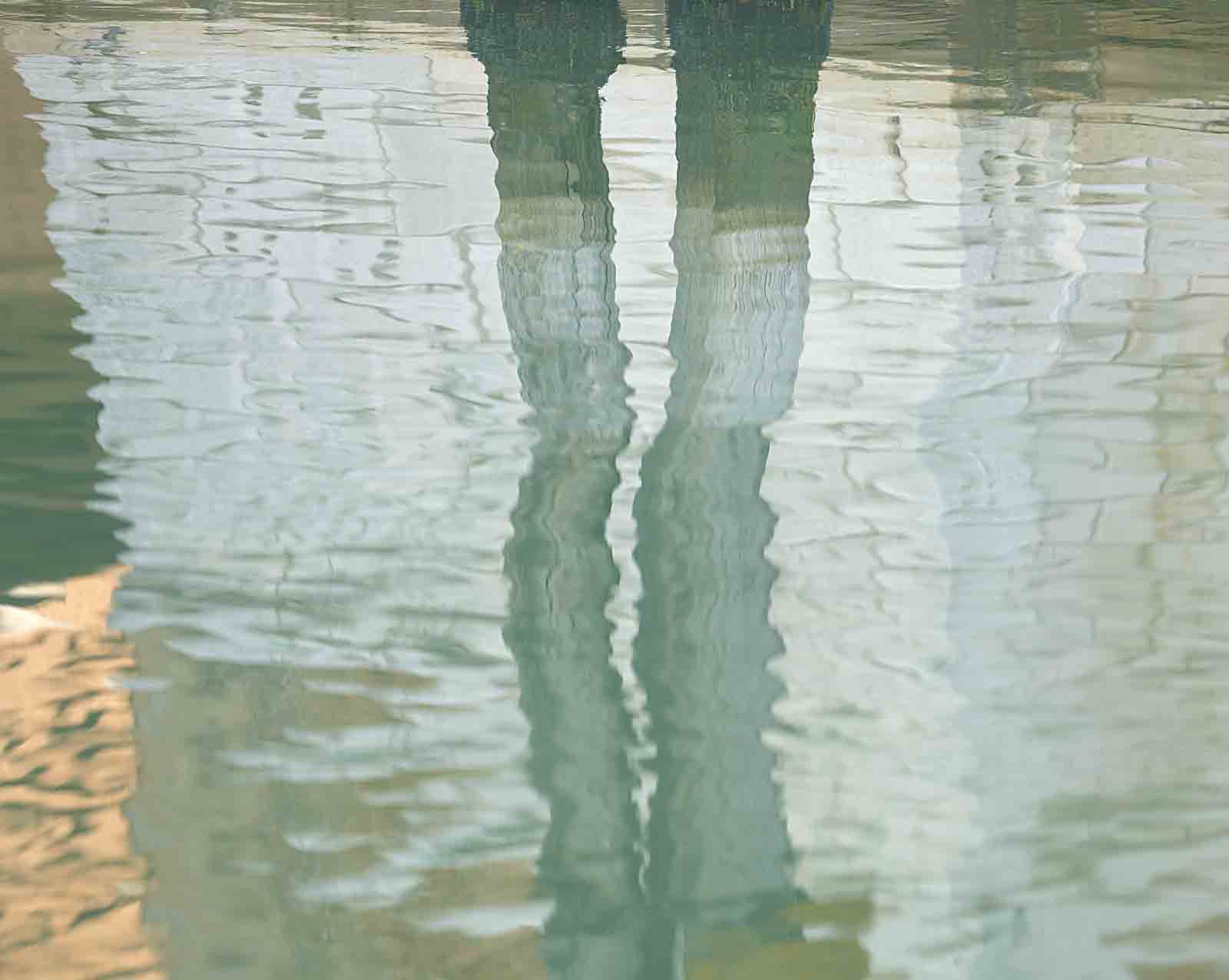 Cycle Water, #226, Venice, ITA, 2014
Cycle Water, #226, Venice, ITA, 2014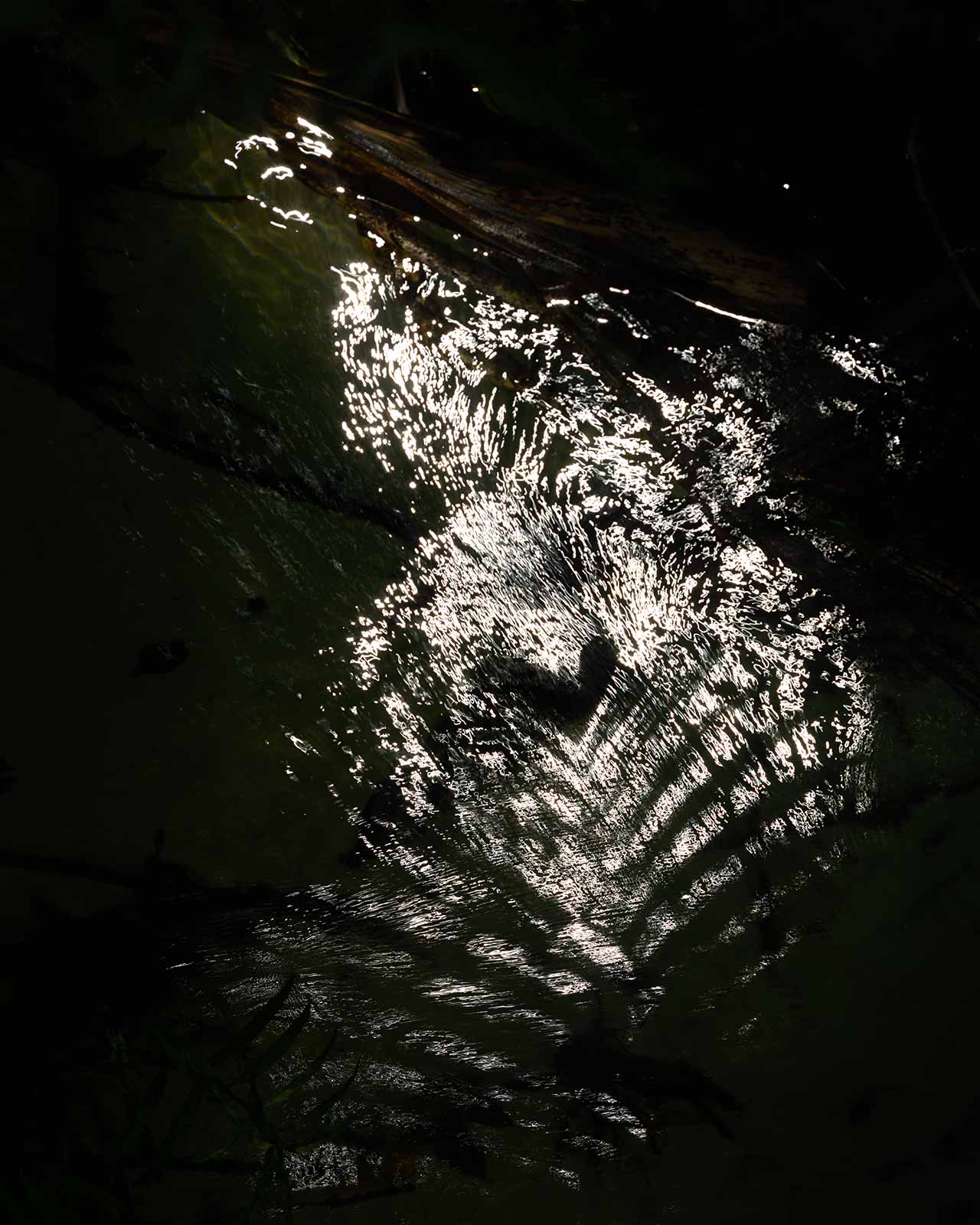 Cycle Water, #356, Fraser Island, AUS, 2017
Cycle Water, #356, Fraser Island, AUS, 2017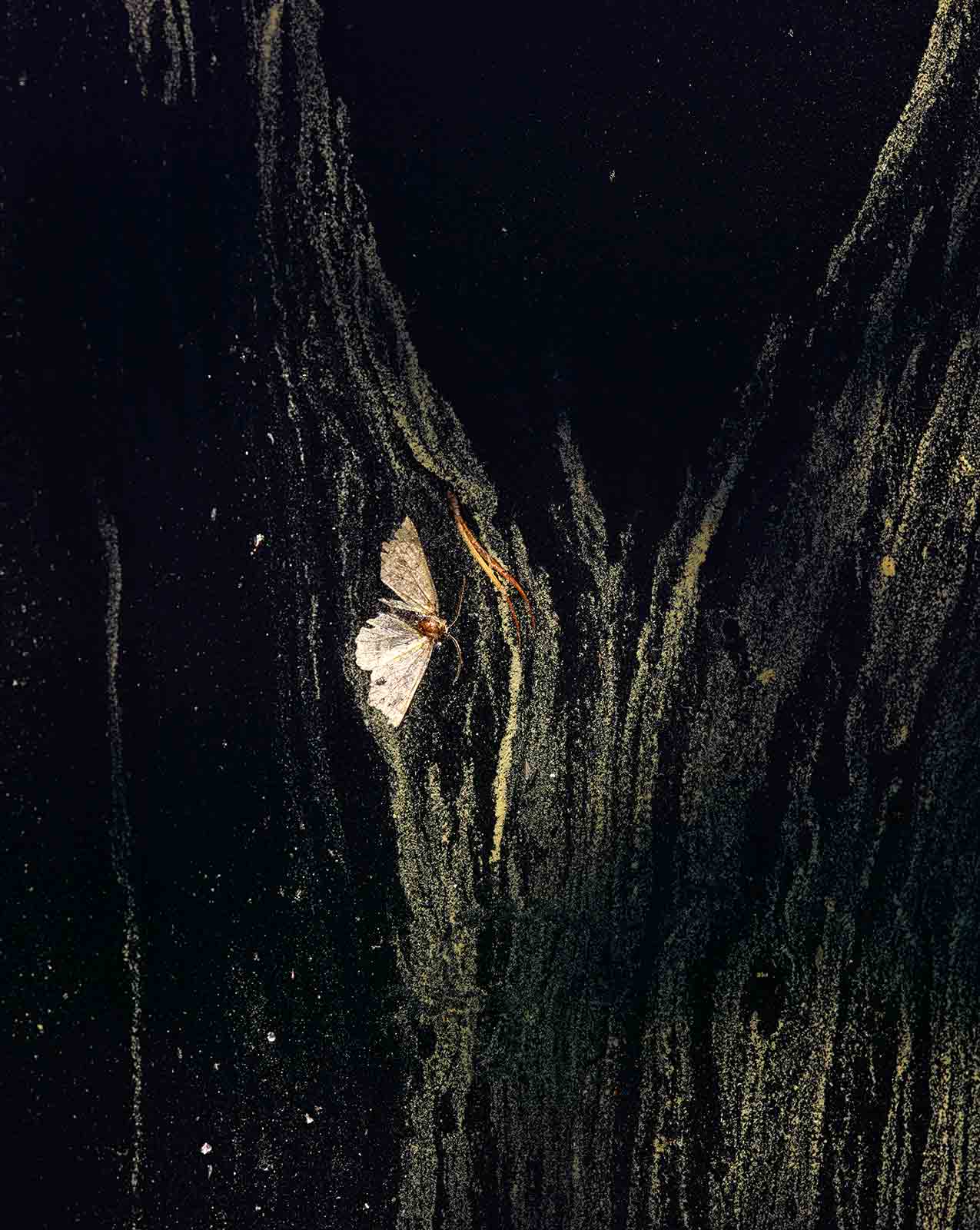 Cycle Water, Evening Light, Gletschermuehle, Bergell, CH, 2014
Cycle Water, Evening Light, Gletschermuehle, Bergell, CH, 2014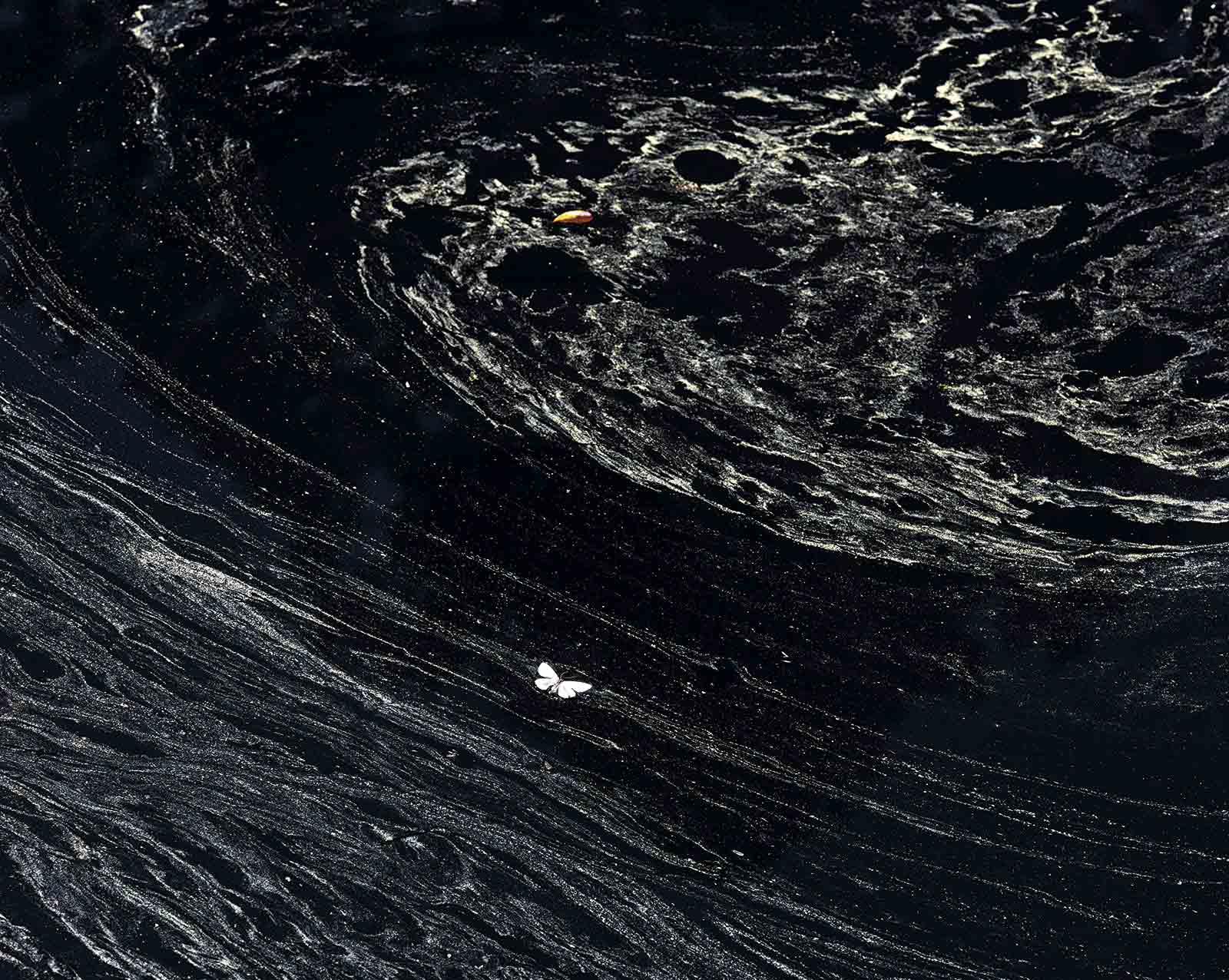 Cycle Water, Farina, Gletschermuehle, Bergell, CH, 2014
Cycle Water, Farina, Gletschermuehle, Bergell, CH, 2014 Cycle Water, #005, Verzasca, Tessin, CH, 2004
Cycle Water, #005, Verzasca, Tessin, CH, 2004
RESIDUAL LIGHT, PERSPECTIVE, CLEAR-SIGHT
By Klaus Honnef
»Only fantasy can conquer the limit of the horizon and only art lets us see what exceeds the potential of our eyes. Art is capable of conveying a feeling for the immensity of our being. Photography appears to be the opposite of it all, as it brings the irretrievable past to mind. Then again it directly links the past with the present; by seemingly restricting the horizon it creates new space for the imagination.
The photographic »Residual Light« project by Bernd Nicolaisen immerges deeply into the past of planet earth in order to discover the now. Residual light is actually the light that remains of the day. In Nicolaisen’s images, it illuminates the history of earth before history was recorded. Glacial ice, which ceased to be eternal but is threatened with extinction, is history’s prime witness, its »genetic imprint in time« (Nicolaisen). Light transmits this history onto the light-sensitive cells of the camera – as it rushes on into a fathomless future.
The images by Bernd Nicolaisen foreshadow that past, present and future, are mental instruments of the human need for direction, which are furthermore historically determined. In view of the presumably incomprehensible laws of the universe, they provide limited epistemic value. They virtually melt in his pictures. Thus, the images appear endlessly clear and miraculously mystical, rationally cool and remarkably emotional, subjective and objective. History itself has always been and always will be a question of opportunity. Just like Nicolaisen’s photographs. They are so close and yet so far.
The very chimera arises, fine and full of atmosphere, as Alois Riegl named it »aura«. The images draw us magically into the deepest depth of our existence. The longer we observe, the more they provide us with a perspective onto the existential conditions of being. Opportunities which we can shape in many ways, but within a small time frame, when we take our time.«